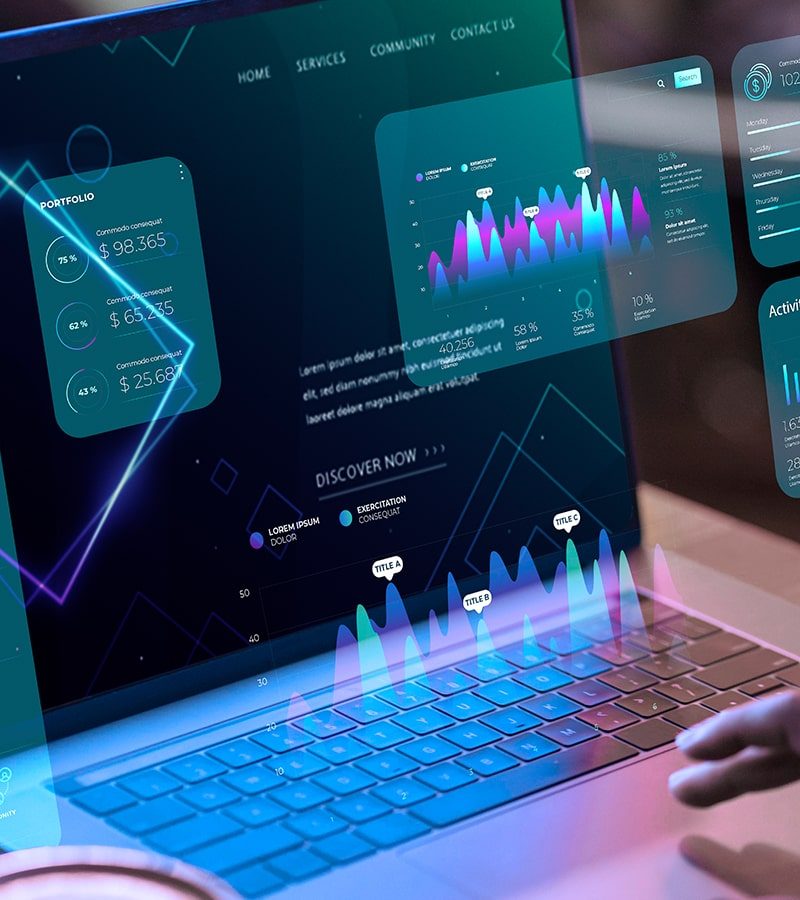
01/ - Performance Marketing
How to Define the Optimum Path to Conversion
Defining the optimum path to conversion involves analyzing and understanding the customer journey from the initial contact to the final conversion point. This process requires a combination of data analysis, user behavior tracking, and strategic optimization.
learn everything about optimum plan for conversion
Here are the steps to define the optimum path to conversion:
1. Define Clear Business Objectives
- Business Goals: Clearly define what the business aims to achieve, such as increasing sales, improving customer retention, or expanding market reach.
- SMART Objectives: Ensure objectives are Specific, Measurable, Achievable, Relevant, and Time-bound.
2. Understand Your Audience
- Persona Development: Create detailed buyer personas to understand your audience’s needs, preferences, and pain points.
- Customer Segmentation: Segment your audience based on demographics, behavior, and purchasing patterns.
3. Map the Customer Journey
- Touchpoints Identification: Identify all possible touchpoints where customers interact with your brand (e.g., social media, email, website, ads).
- Journey Stages: Define the stages of the customer journey (awareness, consideration, decision, retention).
4. Set Clear Goals and KPIs
- Conversion Goals: Define what constitutes a conversion for your business (e.g., purchase, sign-up, download).
- Key Performance Indicators (KPIs): Establish KPIs to measure the success of each stage of the journey (e.g., click-through rate, conversion rate, engagement rate).
5. Optimize Touchpoints
- Content Optimization: Ensure your content is relevant, valuable, and aligned with user intent at each stage of the journey.
- User Experience (UX): Enhance the usability and accessibility of your website to provide a seamless experience.
- Clear CTA: Have clear calls-to-action (CTAs) that guide users towards the desired conversion.
- Eliminate Detractors: Identify and remove any obstacles or distractions that may hinder the conversion process.
6. Utilize Marketing Automation and Personalization Tools
- Marketing Automation: Use marketing automation tools to nurture leads through personalized email campaigns, targeted ads, and other automated processes.
- In-Session Tracking: Implement in-session tracking to monitor user behavior in real-time and provide immediate personalized responses.
- Customer Data Platform (CDP): Implement Customer Data Platforms to consolidate customer data from various sources, enabling more accurate personalization.
7. Analyze Existing Data
- Web Analytics: Use tools like Google Analytics to track user behavior on your website.
- Heatmaps: Implement heatmap tools to see where users click and how they navigate your site.
- A/B Testing: Conduct A/B tests to determine which variations of your site or marketing messages perform best.
8. Monitor and Iterate
- Continuous Monitoring: Regularly review performance metrics and customer feedback.
- Iterative Improvements: Continuously test and refine your strategies based on data-driven insights.
9. Cross-Channel Integration
- Unified Messaging: Ensure consistent messaging across all channels.
- Multi-Channel Attribution: Attribute conversions to the correct channels to understand their impact on the customer journey.
By understanding and optimizing each step, you can create a more efficient and effective path to conversion for your customers.
Start your journey now! contact us

